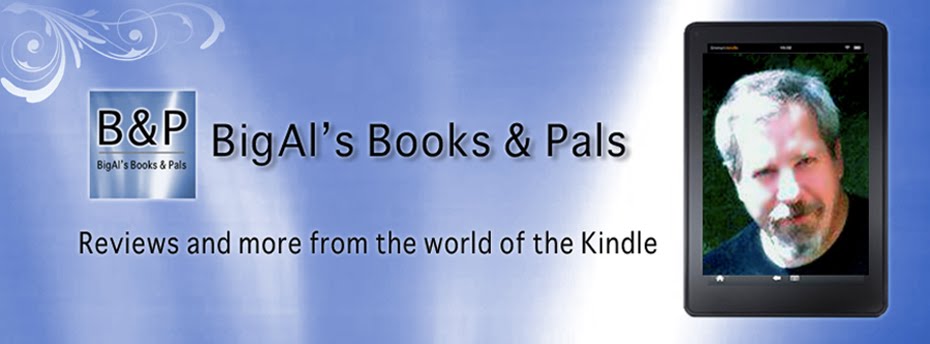Genre: Travel/Non-Fiction
Description:
“Tourist bridges span the range from small, abandoned structures that
have been preserved in a county park to large, world-famous bridges with
sidewalks, viewing platforms, visitor centers, decorations, tour guides, and a
gift shop to accommodate their enormous numbers of visitors. People visit
bridges to pursue an interest in history or architecture, to obtain the best
available view of the landscape or riverfront, to use its sidewalk as a hiking
and biking trail, or just because the bridge is a famous landmark.
Based on detailed research, interviews, and hikes across hundreds of
walkable bridges, Bridgespotting examines 50 different reasons, citing
more than 350 specific examples, that people visit bridges as tourists, for
recreation, or in the pursuit of a hobby.
By providing detailed descriptions of more than 70 of the most
prominent tourist bridges and multi-bridge tours in the United States, Canada,
and Europe, Bridgespotting serves as a travel guide for those interested
in exploring the history and cultural development of their next vacation
destination, or of the local bridge that they drive over every day. Also,
through the identification and cataloguing of the features that make bridges
important to the community and attractive to visitors, Bridgespotting provides
dozens of ideas to be considered by communities that are planning new bridges,
or pondering what to do with their old, obsolete bridges.”
Author:
“Bob Dover is a geologist with more than 35 years of professional
experience as a petroleum geologist and environmental project manager. He has
spent most of the past 20 years leading environmental planning efforts for
transportation, solar power, nuclear power, and pipeline projects.
From 2013 to 2022, he hiked across and photographed more than 600
bridges throughout the United States, Canada, and Europe, studying the manner
in which people use bridges besides the obvious use of getting to the other
side. In doing so, he found that bridges represent a unique intersection of his
interests in human geography, architecture, and history.”
Appraisal:
When I first decided to read this book, I was waffling as to whether I
wanted to or not. I’ve got a strange travel goal of my own (to visit every
county in the US) and have friends with their own goals, some are trying to
visit every national park, one guy wants to visit every major league baseball
park, another is trying to go to a craft brewery in every state. In that light the
idea of visiting bridges around the country or world didn’t seem that strange,
even if it didn’t immediately appeal to me.
It didn’t take long for me to get sucked in, not necessarily wanting to
visit bridges as a primary goal, but at least understanding some of the appeal.
The author discusses different kinds of bridges that appeal to different sets
of people. The history of how some bridges came to be and different ways communities
deal with a bridge in need of major repair or replacement is discussed. (If that
doesn’t seem pertinent, often the answer results in what could be described as
a “tourist bridge.”)
I also enjoyed spotting the bridges I’d visited, seeing and/or driving
across them, when the author mentioned them. (Of course, there were a few that
I can’t believe I missed, living nearby and driving all around them without
realizing they were there.) Going in I anticipated some of the bridges in the
Portland, Oregon area would get a mention since the city is often called “The
City of Bridges” and in my experience do a lot to promote their bridges. I was
wrong about that, with Portland’s only mention being described as being at one
end of the Willamette River Valley, a hotspot for covered bridges. But the
reality is that with the thousands of bridges in the world not all of them, not
even all of them worth a visit, are going to get mentioned. However, if you
read this and react the same way I did then you’ll come away with an expanded
appreciation of bridges and are likely to stop and check them out or tweak your
route to go by one that you wouldn’t have before. Maybe even more.
Buy now
from: Amazon US Amazon UK
Format/Typo
Issues:
No significant issues
Rating: ****
Four Stars
Reviewed
by: BigAl
Approximate word count: 125-130,000 words


No comments:
Post a Comment